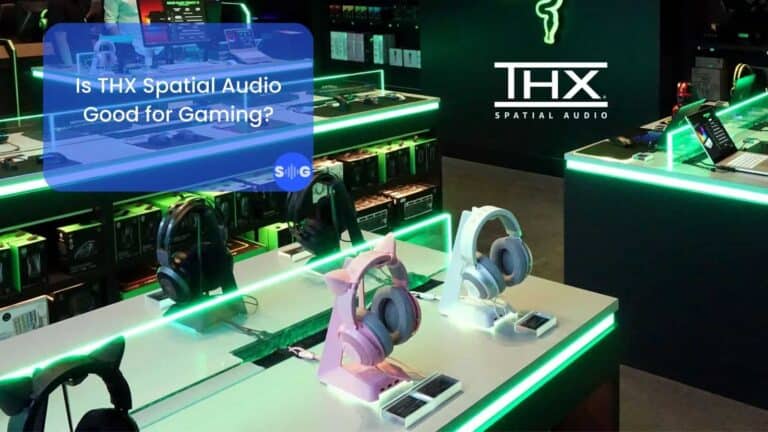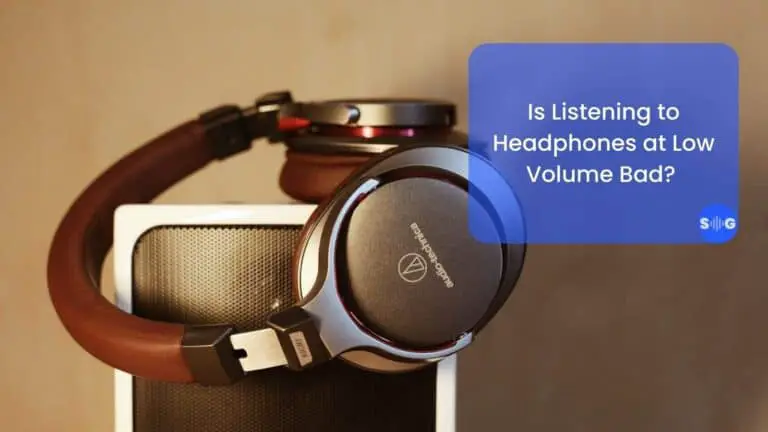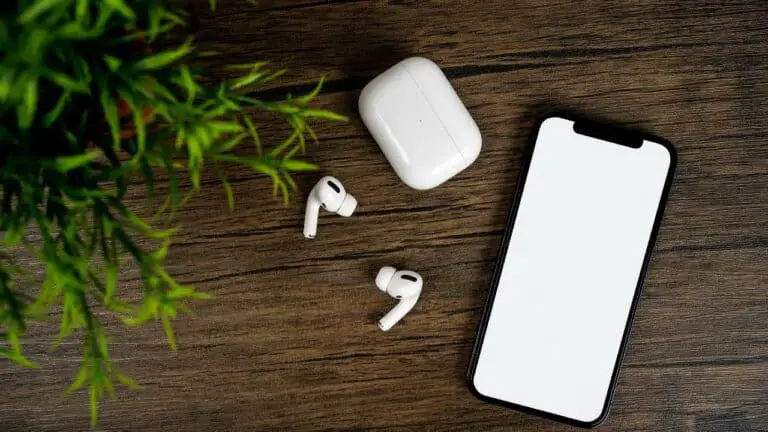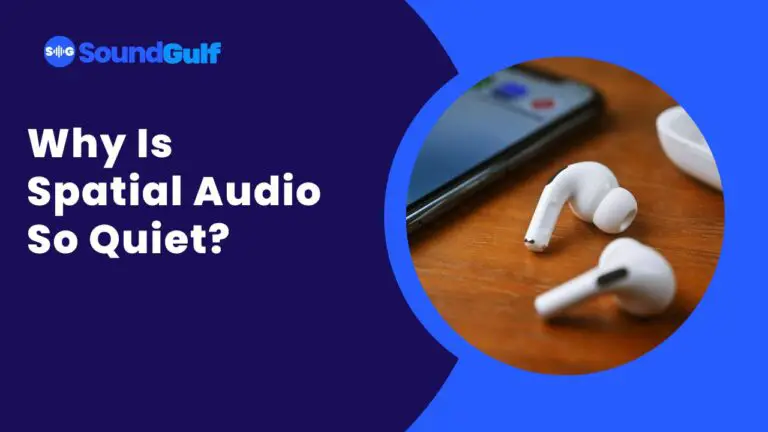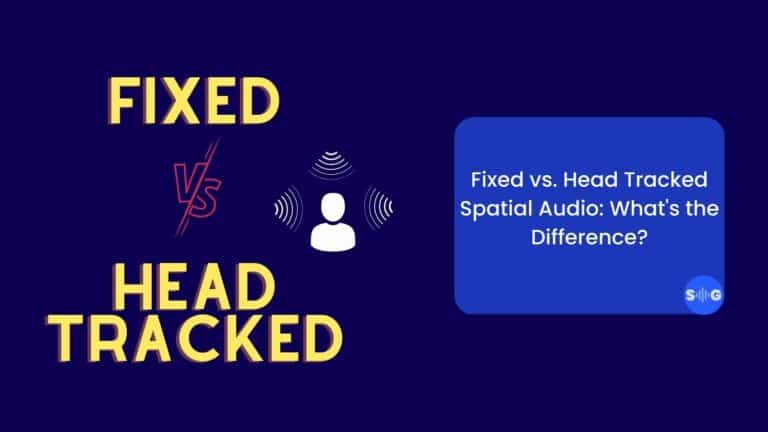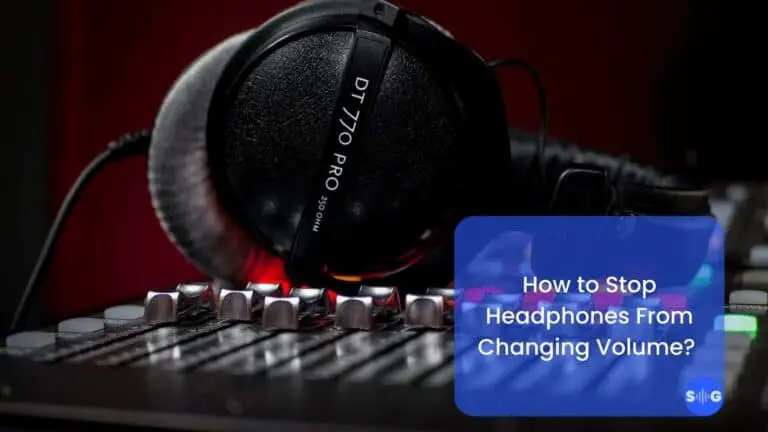Do Bone Conduction Headphones Have Speakers? Here’s The Truth
This post may contain affiliate links, and we will be compensated if you buy after clicking on our links. Learn More
Bone conduction headphones, or “bone phones,” do not have speakers. Instead, they turn your skull into a speaker by sending vibrations directly into it, and sound is just a sequence of vibrations. They work well with glasses, earplugs, and other equipment and won’t let anyone else hear your music.
The concept of bone conduction was initially patented by Hugo Gernsback, a famous science fiction author. He dreamed up many futuristic inventions, one of which could make you hear a sound by sending vibrations into your skull through your teeth. Modern “bone phones” work differently, so let’s dive into bone conduction headphones and how they work.
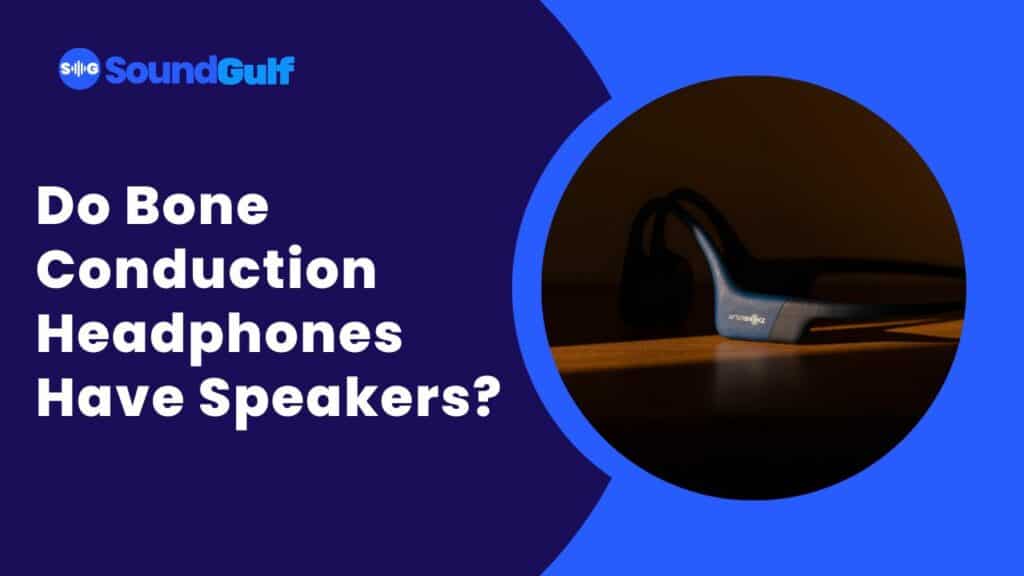
How Do Bone Conduction Headphones Work Without Speakers?
We must first understand a few things about sound to answer this question. Sound is nothing more than the vibrations of particles, and your ears are sensitive enough to detect these vibrations and convert them into signals for your brain to interpret.
The particles’ density will affect the sound’s volume and quality. In denser materials, the particles are closer together, so the vibrations theoretically mass through more effectively. However, moving the particles takes more energy because they are so closely packed.
That’s why speakers, like those in headphones, create vibrations in air particles since it doesn’t take a lot of energy to move them. But because of the low density, the vibrations quickly deteriorate if they’re not close enough to your ears. It’s also why sound is generally better and louder over headphones than free-standing speakers.
Bone conduction headphones bypass your ears by passing the vibrations through the top of your jaw and into the inner ear, or cochlea, which is responsible for converting them into signals and sending them to your brain. Since bone is denser than air, sound vibrations can effectively travel through your skull and jaw.
Unfortunately, this also requires more energy, so many bone conduction headphones aren’t as loud as standard earphones. When you increase the volume too much, the bone phones can vibrate aggressively against your skin and cause some irritation.
Can You Still Hear With Bone Conduction Headphones?
One of the most significant benefits of using bone conduction headphones is that they don’t inhibit your hearing ability in the least. Since nothing is blocking your outer ear canal, all the sounds in your environment are as crystal clear as they would be without the bone phones.
It is beneficial for people who need situational awareness. For example, athletes can hear traffic and other people while listening to music on their morning run. Soldiers can use bone conduction headphones to stay connected with their team while still being able to hear approaching danger.
Bone conduction headphones cause no loss in the quality of the sound you hear. Ambient sound will pass through your eardrum in the usual way, but the bone phones bypass that, so it’s almost as if you hear the music through an entirely separate organ. But when you think about it, that’s precisely what happens.
Can Other People Hear My Bone Conduction Headphones?
Your sound shouldn’t bother the people around you, no matter how loud you turn it, because bone phones don’t transmit vibrations through the air. At least, that’s how it should work in theory. In practice, however, a lot of this depends on the model you go for.
Some bone phones still emit some sound when you remove them because of how they vibrate. People who are physically very close to you, especially in a quiet room, might pick up on these vibrations.
However, the sound is so slight in most cases that people won’t even notice, and standard headphones are often much worse.
Do Bone Conduction Headphones Work With Earplugs?
Bone conduction headphones don’t block your ears, and there’s nothing in the way, so you can still fit any ear equipment in there. In fact, bone phones tend to work even better with earplugs than without them.
It makes them particularly useful to people with hearing disabilities who need hearing aids since the headphones will not get in the way. Similarly, if you need to wear earplugs, bone phones will have no impact on them whatsoever.
People who sleep with earplugs but want to listen to music or watch some YouTube videos while falling asleep can now do so. You no longer have to finish listening before putting in the earplugs.
Do Bone Conduction Headphones Work With Glasses?
Now things get slightly complicated. Bone conduction headphones fit over your ears, but those fittings only support the headphones and have nothing to do with the sound. However, that’s precisely where your glasses are supposed to go.
Whether they work well with glasses depends on the headphones’ brand and model. Some fit well with glasses or sunglasses, but others don’t. Aftershocks Bluz, for example, sit comfortably even when you’re wearing glasses due to the shape of their ear supports.
Before spending the money on bone conduction headphones, it’s a good idea to test some out while wearing your glasses or sunglasses, and that’s the only way to be 100% sure.
Do Bone Conduction Headphones Have Good Bass?
One of the most notorious lacks of bone conduction headphones is in the bass department. Whereas regular headphones can efficiently pump out heart-stopping bass, bone phones have been severely lacking for most of their existence. However, that is changing.
Bone conduction technology is maturing tremendously, and science is finding new ways to make it more effective. More modern bone conduction models offer good bass, though it is still not as powerful as what you can expect from a high-quality pair of traditional headphones.
However, the way you experience the bass is different. Because it comes thundering through your skull rather than your ears, it’s as if you’re experiencing the bass on a much deeper level. For some audiophiles, that’s even better than hearing the bass in the usual way, but others may find it a bit strange.
Do Bone Conduction Headphones Have A Microphone?
Like regular headphones, you get some bone conduction models with microphones, while others don’t have them. The ones that do are generally more work-oriented, like the headsets people use when working in call centers.
However, some microphoned models are suitable for gaming or listening to music. The Aftershokz Gamez model is a great example. It’s a set of Bluetooth bone conduction headphones with a built-in microphone that offers far better sound quality than the call center models.
If you want bone conduction headphones to replace your phone’s current earphones that allow you to listen to music and take phone calls, take the time to find a pair that works for you. Again, you may not have the same sound quality or volume you’re used to, but you will have the same headphone-with-mic functionality.
Conclusion
Bone conduction headphones may not have speakers, but they do an excellent job of simulating them. You may find them lacking in the volume department, but with the strides engineers take, they will only continue to improve.

John Wilson
As a writer and passionate music lover, I write and contribute to many interesting things, especially audio equipment. I have a unique perspective and often write about things that nobody else does. This makes me a great resource for anyone looking for new and exciting information. I hope that my writing can be a source of inspiration for you.

John Wilson
As a writer and passionate music lover, I write and contribute to many interesting things, especially audio equipment. I have a unique perspective and often write about things that nobody else does. This makes me a great resource for anyone looking for new and exciting information. I hope that my writing can be a source of inspiration for you.
